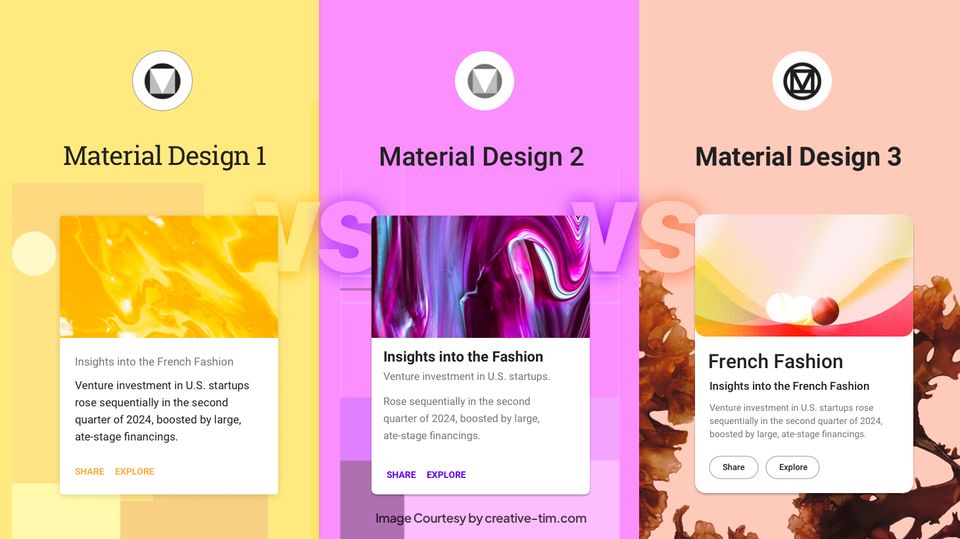React lets you build innovative interfaces. It is a library that provides you components to develop without any hassle as you break each page into subsequent pieces that are essentially known as components (a small code that features a piece – a JS function).
Now when you to display the output to the user, you call certain functions in a specific order and collect the results. Another remarkable characteristic of React is that it utilizes JSX language which resembles HTML. However, it works inside JS, unlike the HTML language.
The toolkit was launched by Facebook nine years ago in 2011, making a remarkable entry as it addressed problems in developing user interfaces from simpler to more complex ones with dynamicity, restraining from having to write tricky code time and again.
Also, the library is loaded with a few front-end framework aspects to create an intuitive HTML application.
What makes React Strong?
Its benefits. Let’s walk through them –
- JSX within JS – Something we’ve already discussed! But, it’s worth mentioning! React is often known for its JSX implementation in JavaScript which makes the library super fun and easy for developers to use with quick results are icing on the cake, making your efforts even more worth rewarding.
- Components – Break them as we said earlier. React is powerful and components make it more so. It is the library that allows the seamless and efficient building of the entire web application but in chunks. Break a page into pieces or shortcode or components as we call them. This way professionals can effectively create complex user interfaces. A component basically tells how a particular code or a piece of the page works. This means that a component will only need to know about its own level of functionality rather than worrying about the logic of the entire application. Furthermore, components have isolated logic, different from every other component.
- Props for custom data – With props you can pass through your custom data to a specific component. This very much works like a blank being filled while JSX components are passed a custom data. Also, passing the information from one component to the other is simple.
- Changes in one place – With ReactJS, it is advised to keep everything that can change in the future to put one place and we call it a “State”. For single-page web applications, keeping a state is beneficial as you always know what and where to look in case something changes.
- Well, it’s fast – Because React uses DOM, it is FAST. This virtual DOM makes React know whenever ignoring a particular piece or re-rendering is needed. This is because DOM when there is any change in the data. Speed is one of the essential aspects of great user experience.
- It is used as a web framework – When you have decided to include a number of other packages in your web project, you can use React library as a web framework. It works incredibly well for single-page applications as well as the existing traditional apps. Taking your web app architecture to a single page app is highly feasible to React.
Conclusion
Can you use React for every situation? Well, it depends however the library is superb when it comes to offering features that other frameworks fails to provide.
Looking for some fully coded templates? Check out these React examples!




